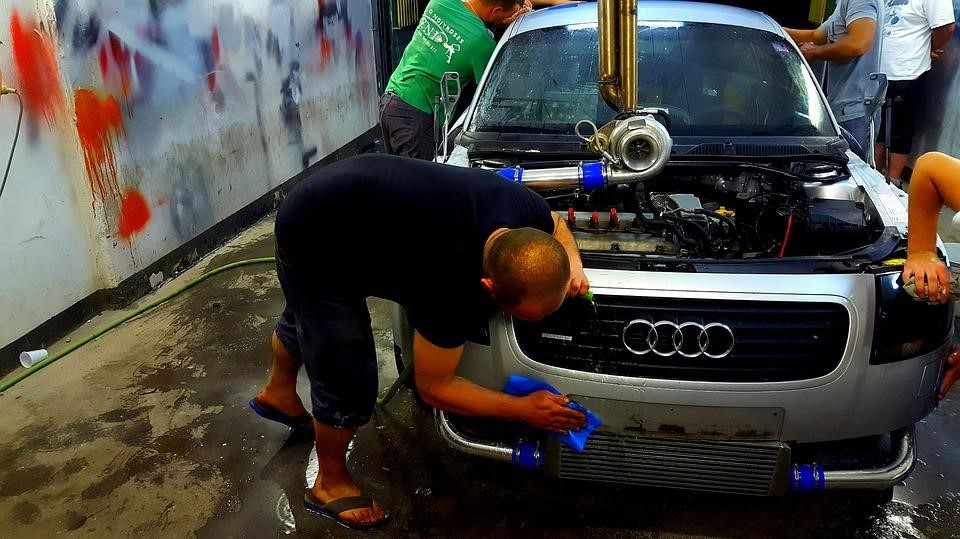Repairing vehicles after collisions has become more of a challenge since they began incorporating new construction materials. At one time, nearly everything was mild steel, so welding was the answer to nearly every serious problem. Today, more and more components are likely to be made of types of high-grade steel less suitable for welding, or of aluminium, carbon fibre, composites or even magnesium. With so many different materials coming off the cars while work is being done it’s important for garages to keep an eye on the levels of dust in the air with a Dust Monitor from sites like mattsmonitors.co.uk/construction-dust-monitors.html. They will be able to give you advice on what product you need for your working environment.

Car manufacturers are now obligated to use several different strengths of steel in order to ensure the outer car crumples around the passenger cab, dissipating the energy of a collision before it reaches the occupants.
Damage assessment
The need for a garage to be thorough when exploring the extent of the damage after a collision has never been greater because hidden damage can radically affect the cost. In fact, it has become common practice to use computers to quote for repairs because of the variety of parts and methods that may be needed; you can see some reviewed here: https://www.topbestalternatives.com/best-auto-repair-software/.
The insurance companies picking up the tabs apply very similar software to evaluate claims because it has become too complex to apply their old rules of thumb.
Specialist repair and body shops also increasingly rely on computerised resources to inform them how a particular vehicle was constructed. They do this to help in the assessment, and then to ensure that vital details like those crumple zones are preserved in the reconstruction.

Repair challenges
Body shops are under growing pressure to acquire more information, better training and new tools.
The advantages of metal bonding sealants include their light weight, ease of application, versatility and non-destructive method of bonding. Moreover, traditional welding is increasingly unacceptable because of modern vehicle standards, including safety features like crumple zones and environmental concerns like fuel consumption.
Welds pose safety hazards. For example, if a wheel housing has been calibrated by its designer to include a specific number of welds and a repairer adds numerous new ones, that housing is now heavier and stronger than intended. The housing will not crumple as readily as it needs to in any subsequent collision.
In addition, heavy welded components consume more fuel, so metal adhesives have a big future in auto construction and repair.

